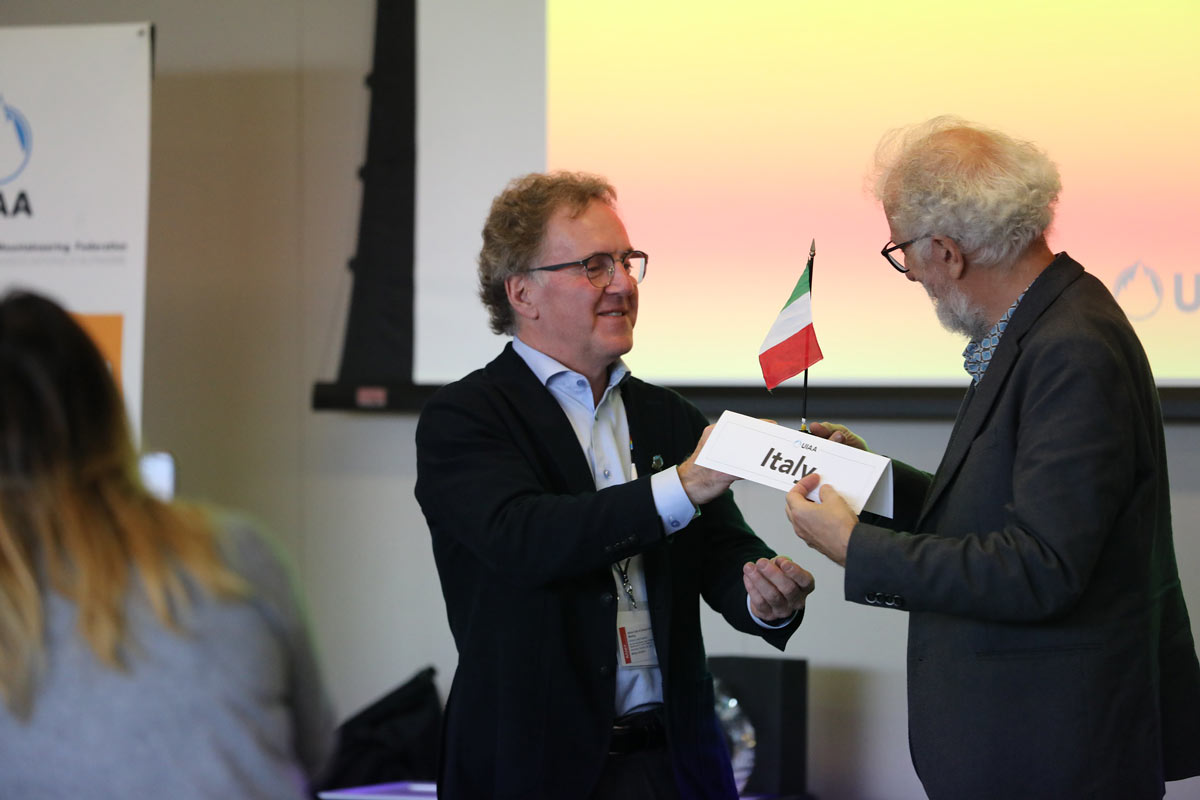The Swedish Climbing Federation (SKF) has produced a sign on Right of Public Access that it will put up at crags throughout the country in 2011, in cooperation with local clubs. Through its Access Commission, the UIAA supports such moves by mountaineering federations to introduce Best Practices. In the following article, Jonas Paulsson of the SKF says climbing is becoming more popular in Sweden, both among Swedes and foreign visitors and he explains what impact this popularity growth has on access issues.
“As in most countries we see an increased interest in climbing in general. It’s fun in many ways but it will require more awareness among climbers. Fifteen to 20 years ago most climbers had an outdoor background but today we see a broader spectrum of climbers with varying backgrounds. That’s one of the reasons that we produced the sign.
“In Sweden there’s the Right of Public Access, which allows people to freely enjoy nature, even on someone else’s land. But The Right of Public Access also comes with great responsibility. There are a lot of things to consider when you are in the outdoors and although many climbers want to see themselves as highly aware of environmental issues I think it’s safe to say that climbers as a group are like most people. There will always be individuals who don’t know how to act in the outdoors. Spreading access information and information about the Right of Public Access is one of the most important tasks of our Access Committee. For example we have an Access Database (in Swedish and English) which can help people keep up to date with local information. We believe though that the best way to reach climbers is at the actual crags and that’s why the sign was produced.
“Another reason for the sign is to make it clear to visiting climbers that safety when climbing outside is the responsibility of the individual. We see a new generation of climbers that are more used to an environment – the indoor wall – where the responsibility partly lies with someone else. Combined with the fact that many of these newcomers want the crags to be as convenient as the indoor wall I think that we now see a movement where climbing outside is expected to be more like a “public service”. Therefore we think it’s important to stress that climbing outside is still a personal activity where the individual is totally responsible for his or her own safety.
“We also see an increased interest in climbing in Sweden among foreign climbers. How much is hard to say, but there are a few areas in the south of Sweden that have been featured in international magazines in the last couple of years, for example Kjugekull, a bouldering area close to Denmark, and Bohuslän, a trad climbing paradise on the west coast north of Gothenburg. There is also a film about climbing in Bohuslän which has contributed to the interest to some degree.
“We’ve had a few access issues where climbers have been behaving badly. It often refers to poor parking, littering and unnecessary noise (shouting abuse for example) near homes. In some cases there have been climbers ignoring bird restrictions, which of course is very serious.
“International climbers are always welcome to Sweden to enjoy our beloved crags. But we do hope that they treat our crags, environment and locals (both climbers and non-climbers) with respect.
“The sign we produced was made possible by grants from the Swedish Environmental Protection Agency (Naturvårdsverket) and we are now working in cooperation with local climbing clubs to get these signs up at some of our most important crags.”


